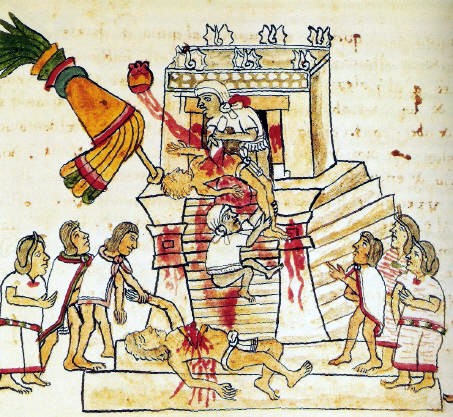Chichén Itzá
ceremony center

Chichén Itzá is one of the major archaeological sites of the Yucatan Peninsula in Mexico, located in the municipality of Tinum, in the state of Yucatan. Vestige important and renowned Mayan civilization, the main buildings that remain there for the period known as late classical or early post-classical (800-1100 AD.

The god who presides over the site, according to Mayan mythology, is Kukulcan, Maya representation of Quetzalcoatl.


The archaeological site of Chichen Itza was inscribed on the List of World Heritage by UNESCO in 1988.3 On July 7, 2007, the Temple of Kukulcan, located in Chichén Itzá, was recognized as one of the new Seven Wonders of the World modern.

In Mayan language, Chichen Itza means "mouth of the well of the Itza" referring to the Sacred Cenote, the great natural well that the inhabitants of the region considered one of the main entrances to the underworld, where major gods, such as the rain.
Its name derives from the Mayan words: chi 'mouth', che'en 'well' itz 'wizard or warlock' and ha 'water', uniting the words get 'the wellhead of water witches' or 'on the bank of well water witche

It is a cenote open pit 60 m in diameter, with vertical walls of about 15 m level access to the water surface and 13 m depth, which is about the first phreatic floor in that area of the Yucatan Peninsula .

the old romantic conception of the sacrifice of maidens in the sacred cenote has been superseded with osteo-archaeological investigations and recent epigraphic. Actually sacrifices in the sacred cenote were mostly children, who are ataviaba to the image of the twin gods and sacrificed in the ceremonies linked to the Mayan creation myth. This would explain the Mayan blue background limo cenote (color in the Maya worldview represented the sacred) and why about 80% of the bones found in the sacred cenote are children.


No hay comentarios.:
Publicar un comentario